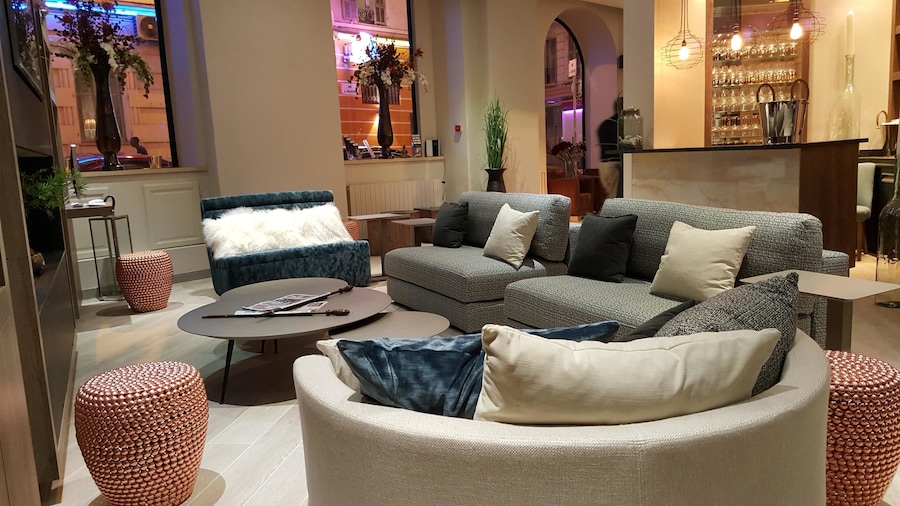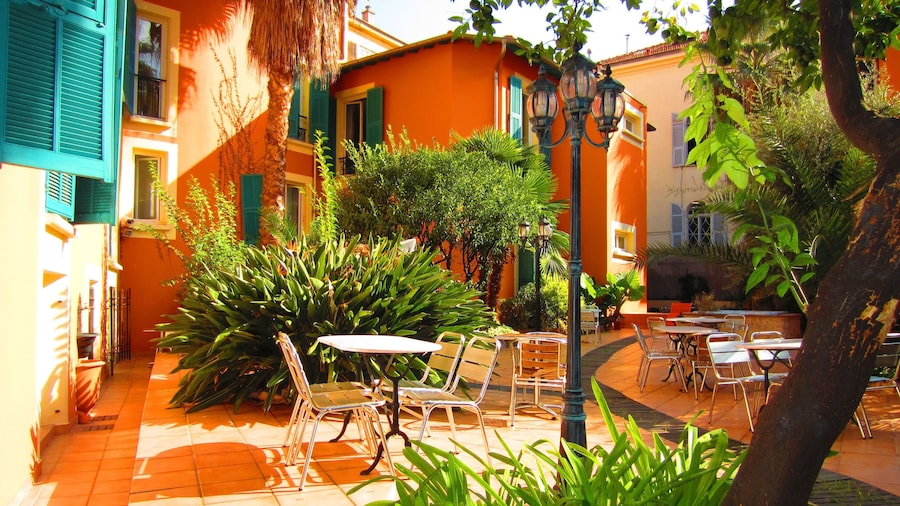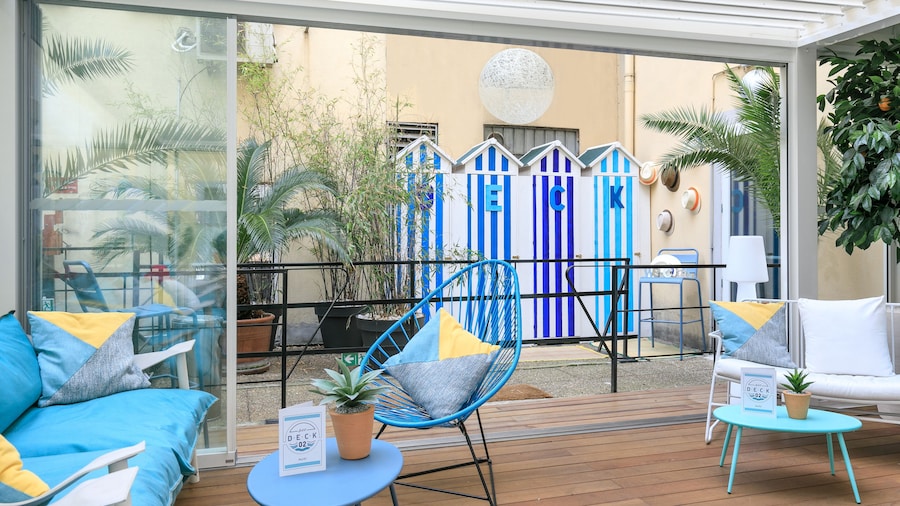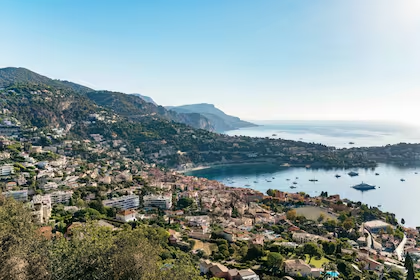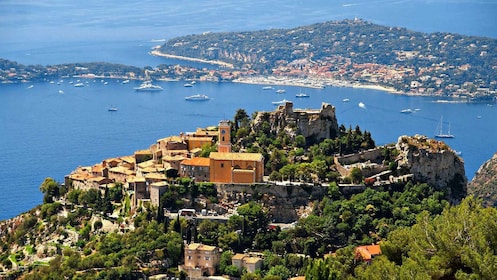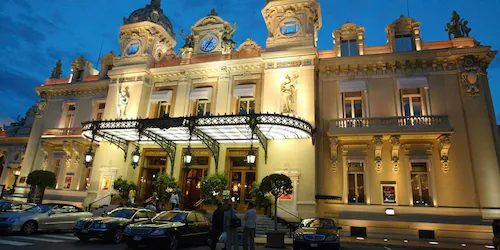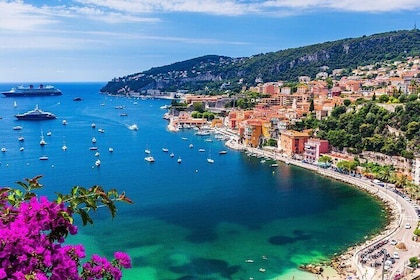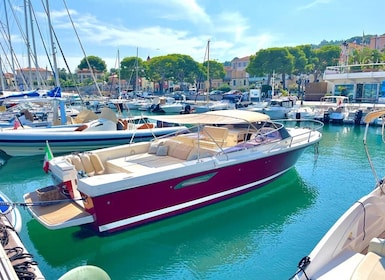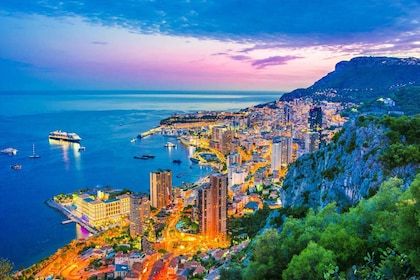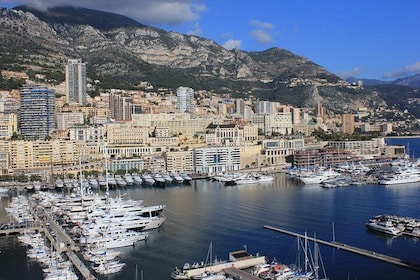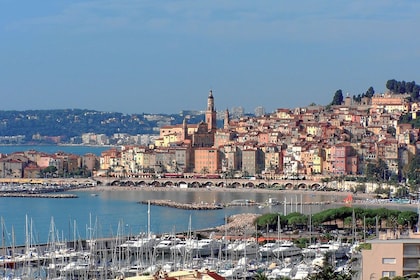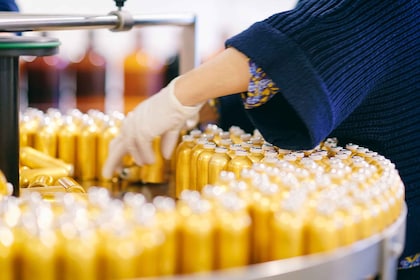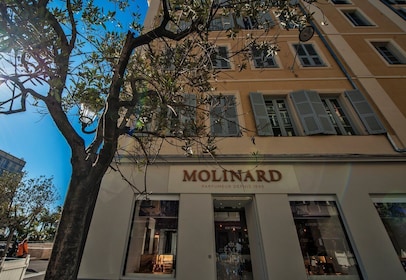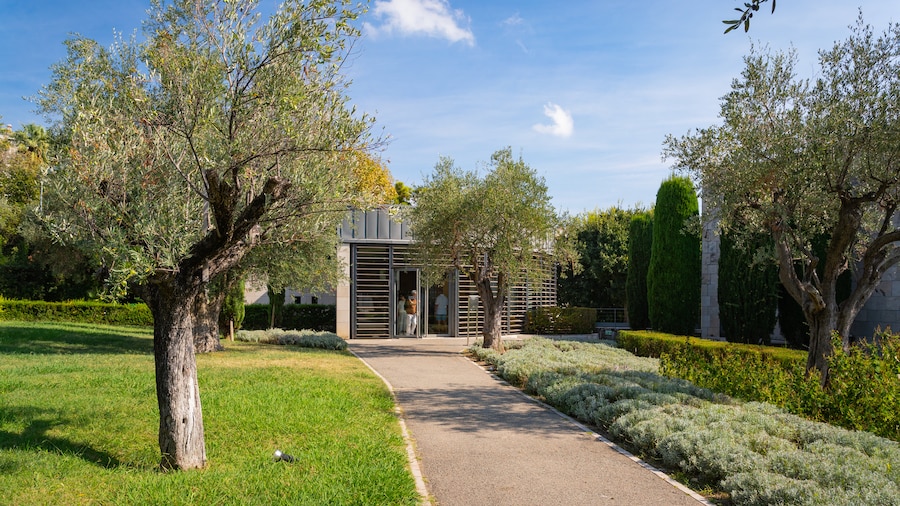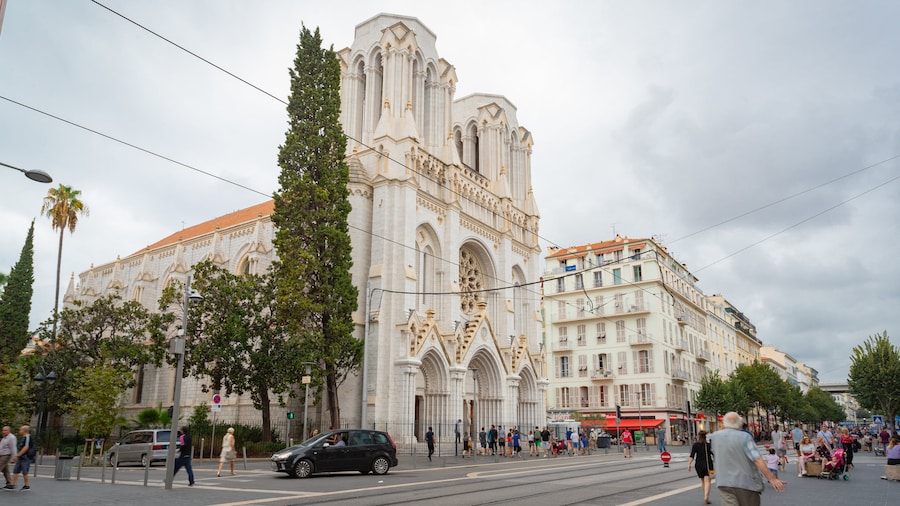Get to know the life and works of one of the French Riviera’s most celebrated artists at this superb Nice museum.
The Matisse Museum fittingly has one of the largest Matisse collections in the world. Many artists are associated with the area around Nice one of the biggest names among them is Henri Matisse.
The museum is housed in a grand, pink-hued 17th-century villa. Note that many of the sculptures, drawings and paintings in the collection were donated by Matisse himself or his heirs. Matisse moved to Cimiez, the neighbourhood where the museum is located, in 1917. The work he created here after World War I is considered to be softer and more relaxed than his earlier work from his time living in Paris.
Browse the collection, which comprises hundreds of paintings, drawings, sculptures, engravings and photographs spanning Matisse’s career from beginning to end. Matisse is most famous as a painter, and some of his finest works are on display here. Look for Femme a l’ombrelle, a colourful dot painting of a woman holding an umbrella. Tempête a Nice shows a different view of the Riviera’s normally sunny weather, as it depicts Nice in a thunderstorm.
Take some time to examine Matisse’s numerous sculptures too. Many of these are dark and even slightly threatening in comparison to his better-known and more colourful paintings. Look for Tete de faune, a slightly devilish bust of a faun or goat, cast in bronze with a wicked grin on its face. Jaguar dévorant un lièvre d’après Barye depicts a gruesome scene from nature, as a jaguar devours a hare.
The museum also houses a collection of fascinating personal items. View household objects such as a pinstriped armchair and brasero oven, as well as artefacts crucial to his life’s work, such as Matisse’s painting desk, still full of brushes and spattered with paint.
The Matisse Museum is open daily except Tuesday and is closed on some public holidays. Travel here by bus and get off at Les Arènes/Musée Matisse.





